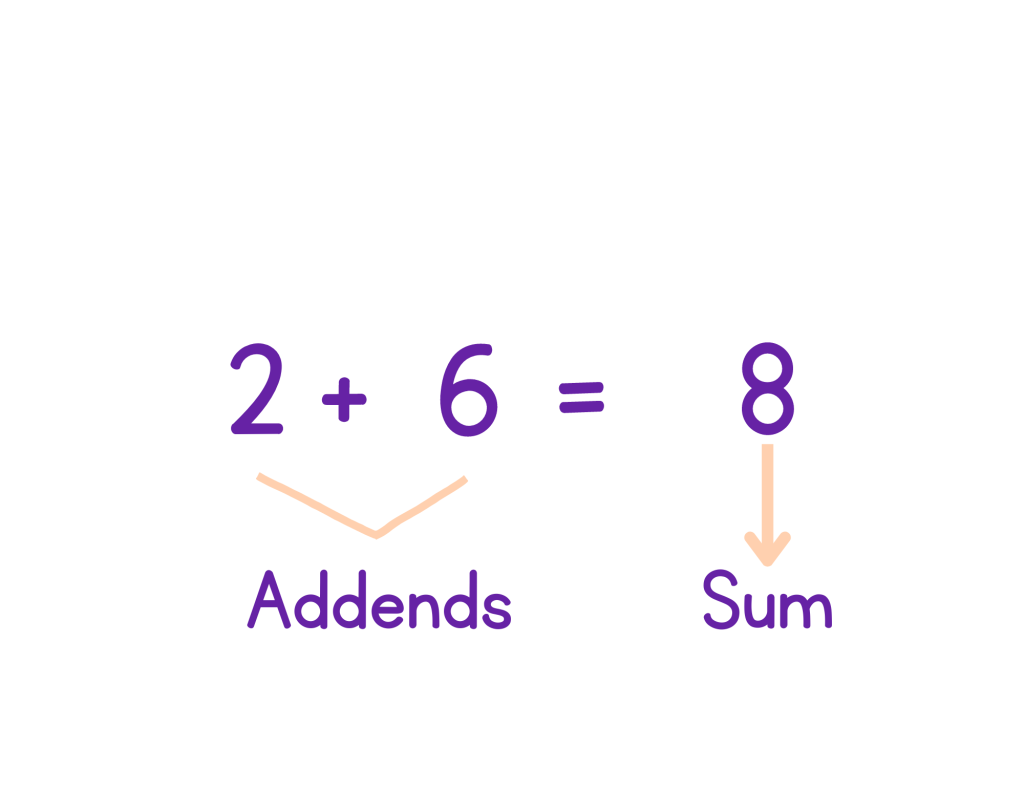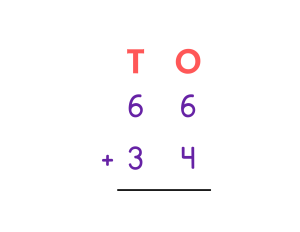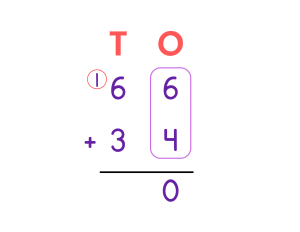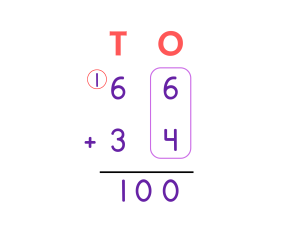Addition – Definition, Symbol, Properties and Examples
Table of Contents
Introduction
Understanding Addition
Addition is a fundamental operation in mathematics that involves combining two or more numbers to find their total sum. It is a key concept that forms the basis of arithmetic and is used in various mathematical calculations and real-life scenarios. Moreover, other than being a basic operation, addition plays a crucial role in developing problem-solving skills and logical reasoning. It is one of the four basic arithmetic operations which are addition, subtraction, multiplication and division.
Analogy of Definition
The Concept of Addition
Addition is the process of finding the total sum of two or more numbers. It is denoted by the “+” symbol and is used to represent the act of combining quantities. The result of an addition operation is called the sum. Addition is the process of combining things to count them together as a whole. It is the most basic mathemtical operations which most children learn in elementary school. The concept of addition is very applicable in our day to day life no matter our age.
Addition is the base through which we learn other mathemtical operations such as multiplication and division as well. The are different elements in addition. The values that are being added are known as addends while the result that comes out of the addition is the sum. The plus “+” sign in between the addends denotes addition.

Method
Approaches to Addition
There are different methods and properties associated with addition that help in performing calculations efficiently. There are various methods that we can use to solve problems on addition. The following are some methods:
- Using Addition Tables
- Using Number Line
- Using Fingers/ Figures
- Regrouping
Now let’s learn to add using each of these methods.
Using Addition Table in Addition
Addition table gives us the sum of the first 10 natural numbers. It is a useful tool which can come handy when we have to add numbers less than or upto 10.

Using Number Line in Addition
We can also solve additon problems with the help of number line. Let’s add 2 and 4 using a number line.
For adding 2 and 4 using number line , we first begin with 2 and then we move 4 steps towards the right, as shown in the figure below, which gives us 6.

Using Figures/ Fingers in Addition
We can add any two numbers by using fingers and figures as well. As we can see, in the figure below there are 3 blue pens and 2 red pens, we can count the numbers of pens, and get the sum of 5 pens in total.

Regrouping in Addition
In order add numbers with two or more digits, we use the regoruping method in addition. In this method, we create the groups of ones, tens and hundred. Let’s see how we group numbers and add.
We will first write one number below the other as per their place value.

Under this method, we begin from the right, so we will add 6 and 4, the sum will be 10. Since we group ones and tens, we will put 0 in the ones column and give 1 as carryover to the tens column

We then add the numbers in the tens column along with the carry over digit to find the answer. We will add 6 and 3 along with 1, which gives us 10.

Hence, the sum of 66 + 34 is 100.
Examples
Adding Fractions:
Let’s us take an example of, \frac{2}{3} + \frac{1}{4}
Step 1: Find a common denominator for the fractions, if necessary.
For the example, the common denominator for 3 and 4 will be 12
Step 2: Add the numerators of the fractions together, after making both the denominators common.
\frac{2}{3} + \frac{1}{4} = \frac{8}{12} + \frac{3}{12}
Step 3: Simplify the resulting fraction, if possible.
\frac{8}{12} + \frac{3}{12} = \frac{11}{12}
Quiz
Tips and Tricks
1. The Commutative Property of Addition
Tip: The commutative property of addition states that changing the order of the numbers being added does not affect the sum. For example, 3 + 5 is the same as 5 + 3, and both equal 8.
2. The Associative Property of Addition
Tip: The associative property of addition allows grouping of numbers in any order without changing the sum. For example, (2 + 3) + 4 is the same as 2 + (3 + 4), and both equal 9.
3. The Identity Property of Addition
Tip: The identity property of addition states that adding zero to any number does not change the value of the number. For example, 7 + 0 is the same as 7.
4. Addition of Fractions
Tip: When adding fractions, find a common denominator, add the numerators, and simplify the resulting fraction if necessary.
Addition is incorporated in most of our day to day activities. It is one the most important basic mathematical operations. If you want to learn about addition in a fun and interesting way, visit our site ChimpVine.
Real life application
Scenario: “Addition and Shopping Spree”
In a shopping spree, you bought a dress for $45 and a pair of shoes for $65. How much did you spend in total?
Answer: You calculate how much you spent in shopping by adding the price of the two items which is 45 and 65 which gives us a sum of $110.
Scenario: “Addition in Recipe Ingredients”
A recipe calls for 2 cups of flour and 1 cup of sugar. How much flour and sugar do you need in total?
Answer: 3 cups
Scenario: “Adding Monthly Expenses”
If your rent is $800 and your utilities cost $150, what is your total monthly expenses?
Answer: $950
Scenario: “Adding up Travel Expenses”
You spent $250 on airfare and $150 on accommodation. How much did you spend in total for your trip?
Answer: $400
Scenario: “Addition Gardening Project”
You planted 15 roses and 20 tulips in your garden. How many flowers did you plant in total?
Answer: 35 flowers
FAQ's
Like? Share it with your friends

